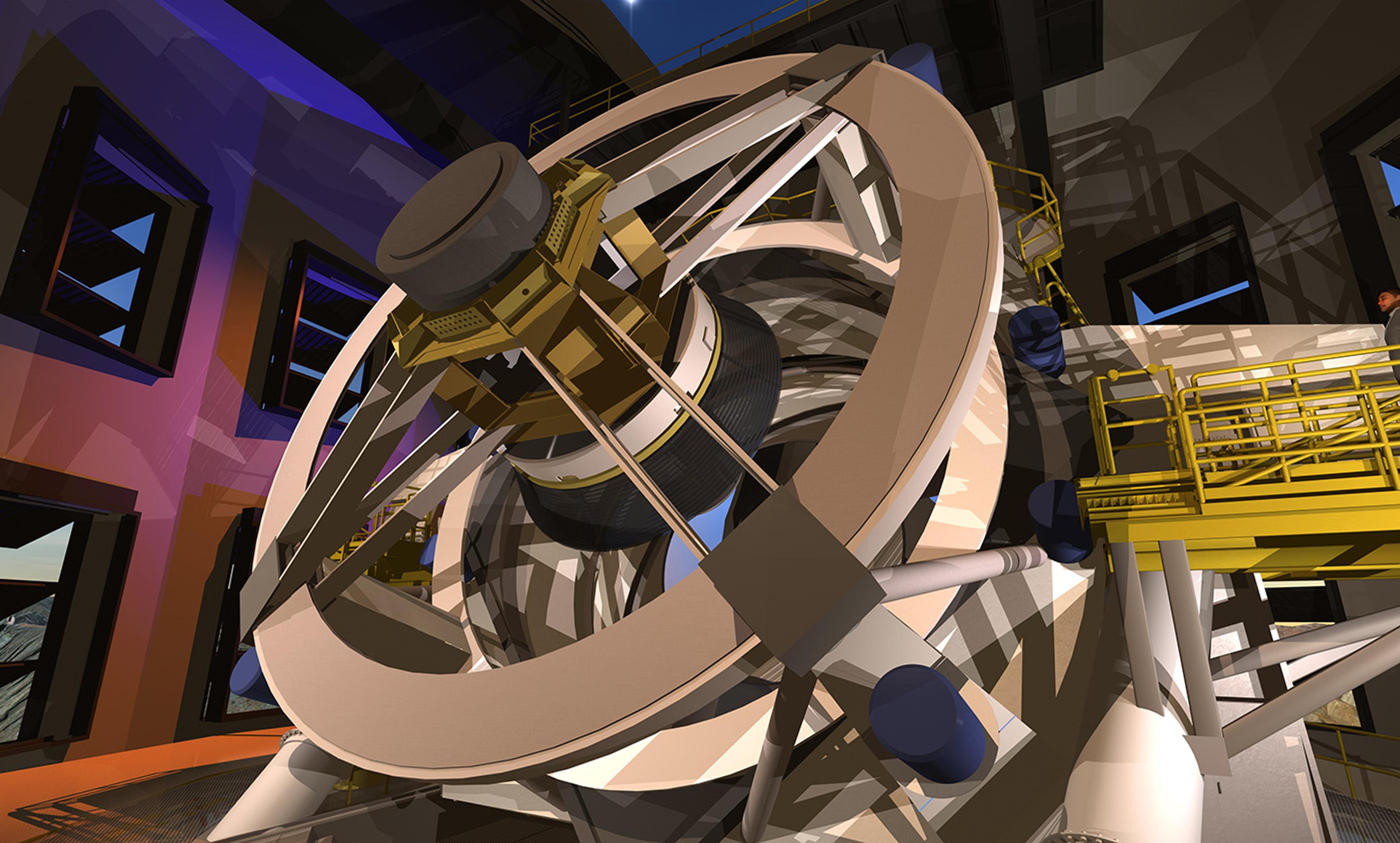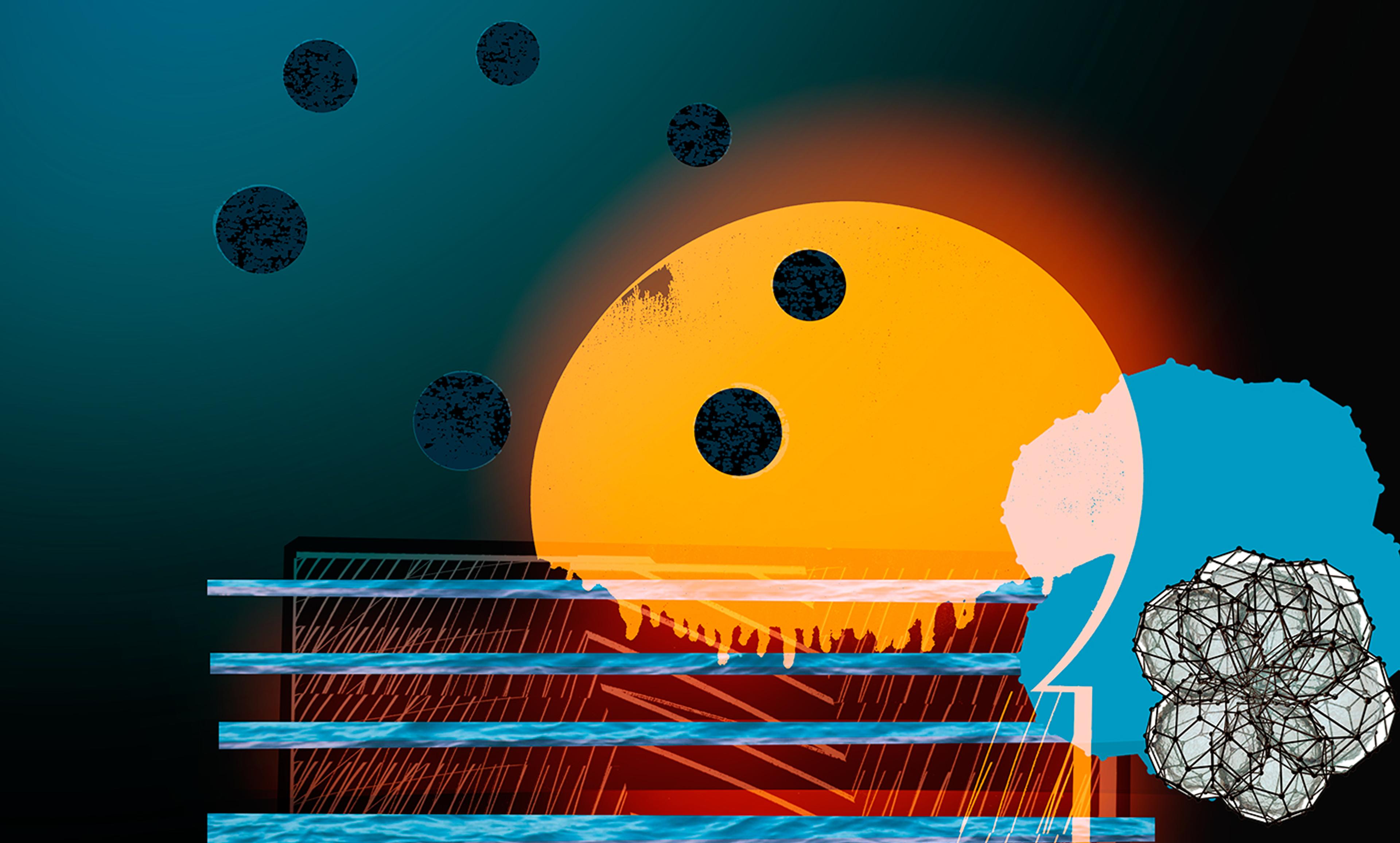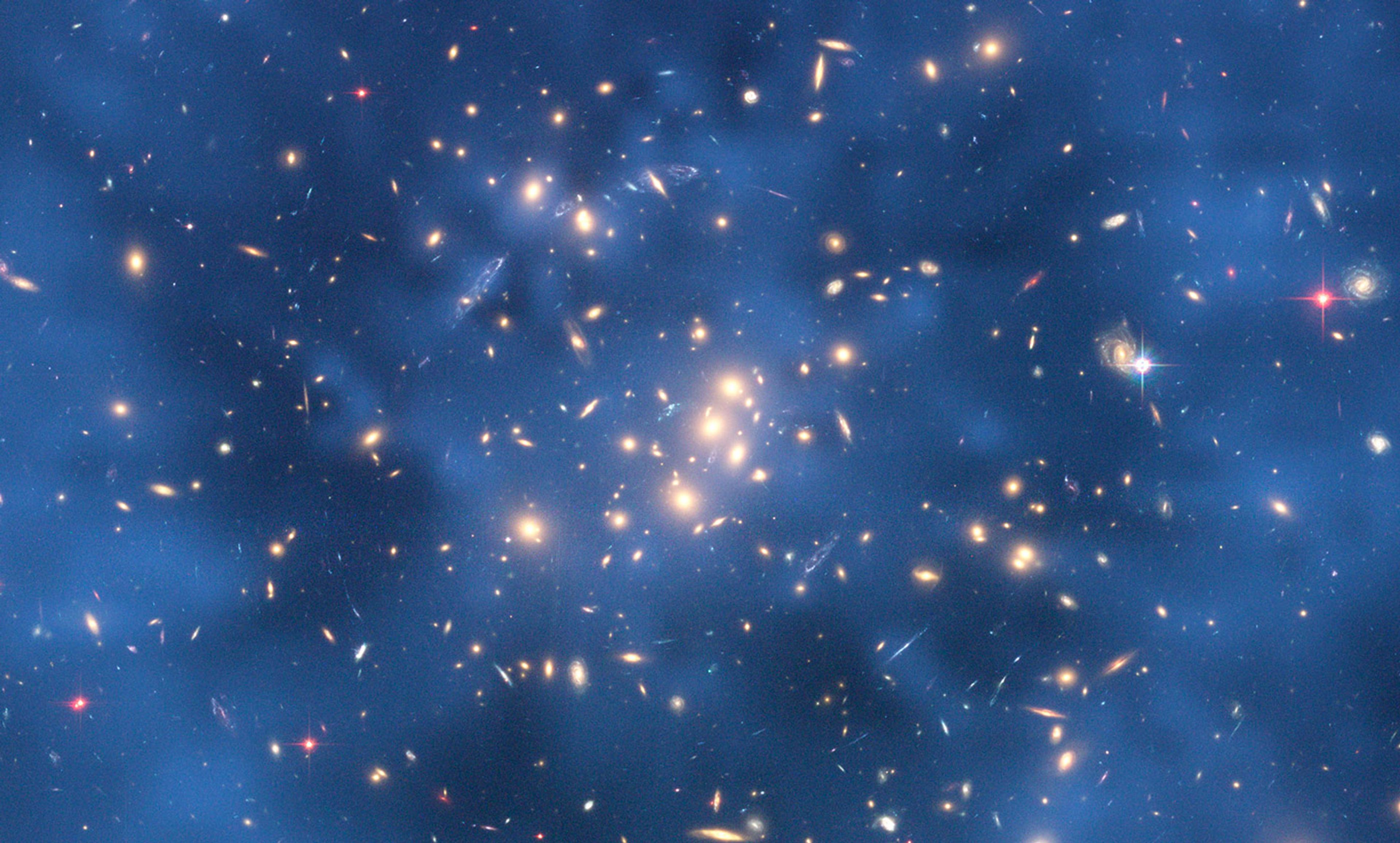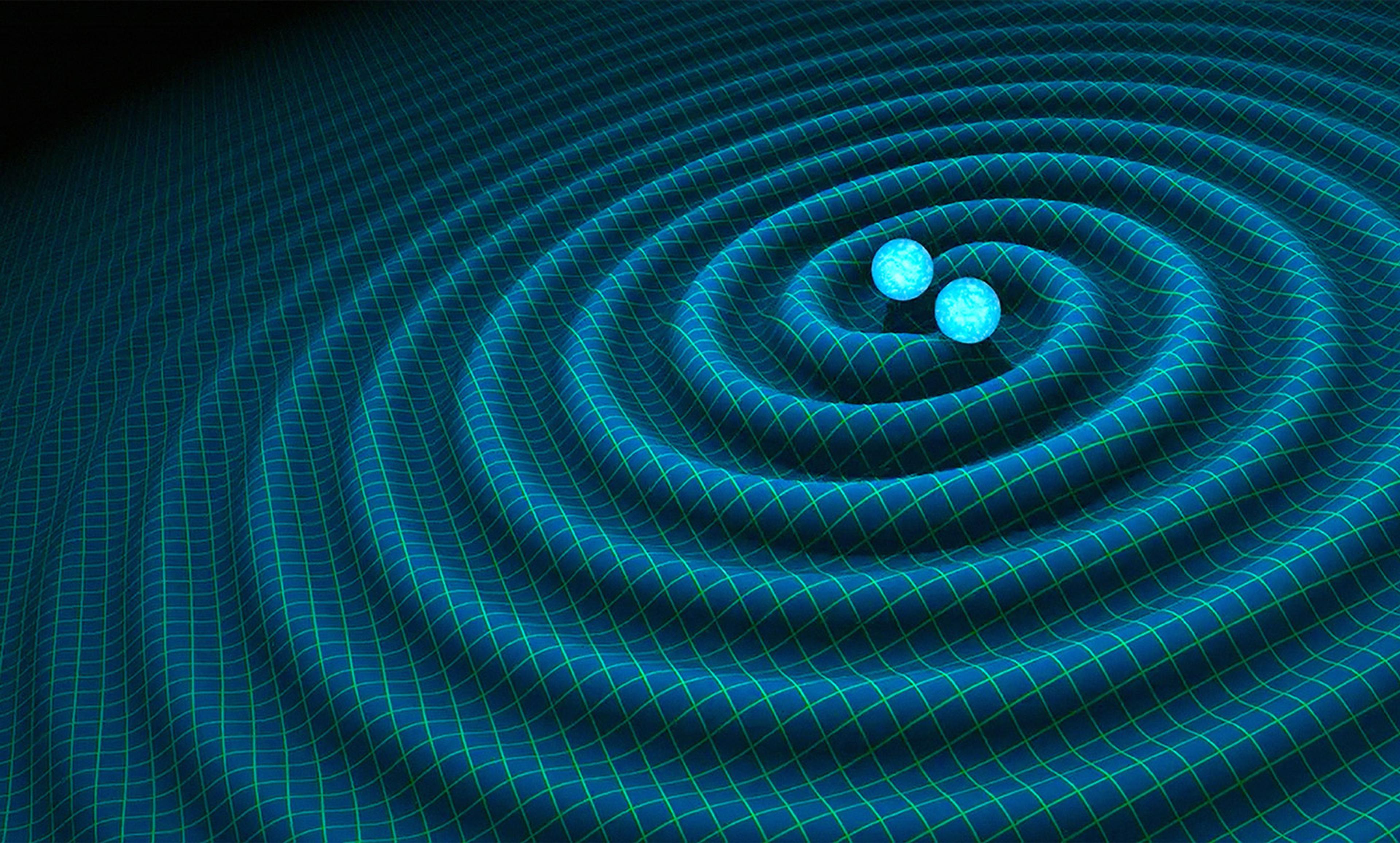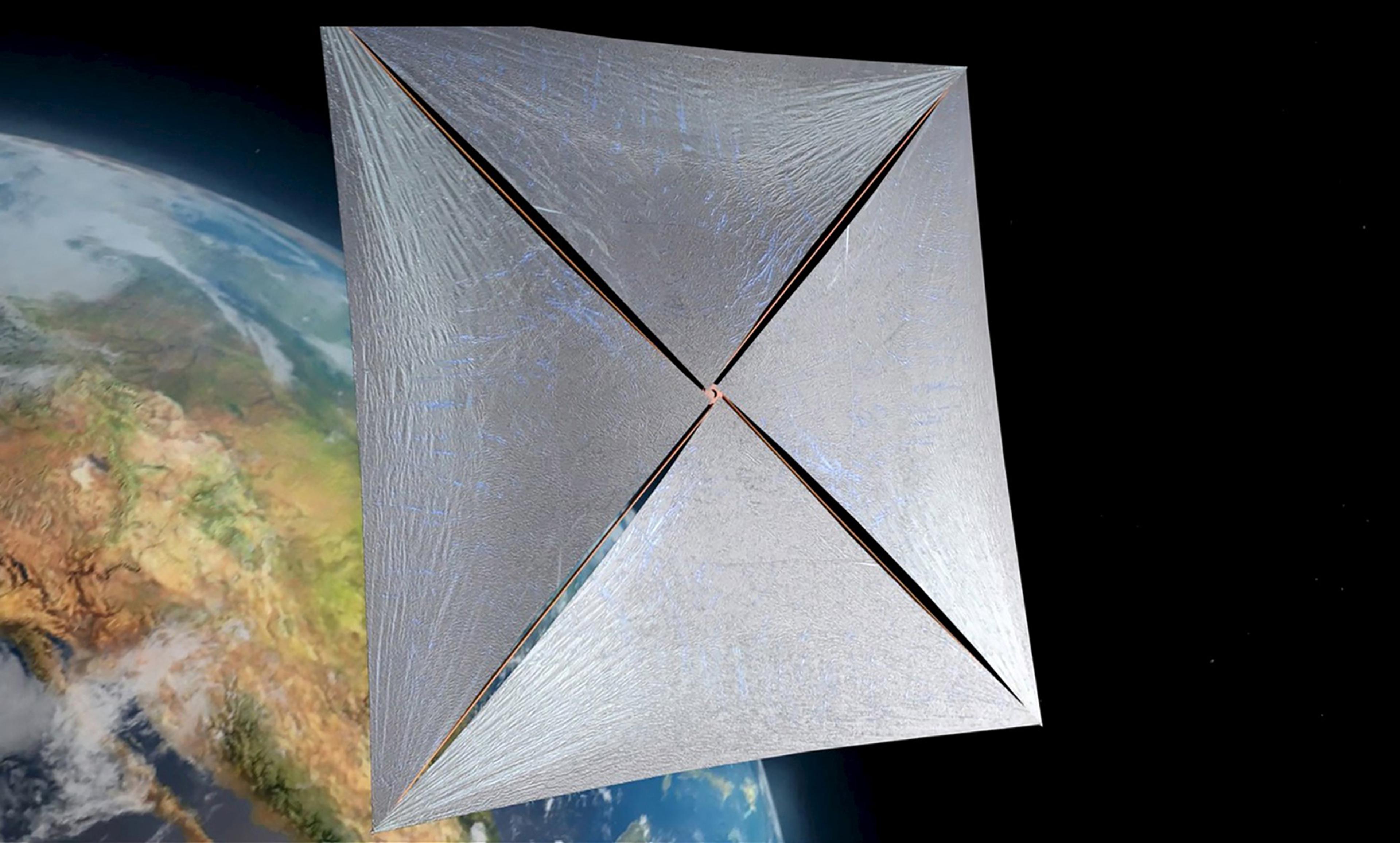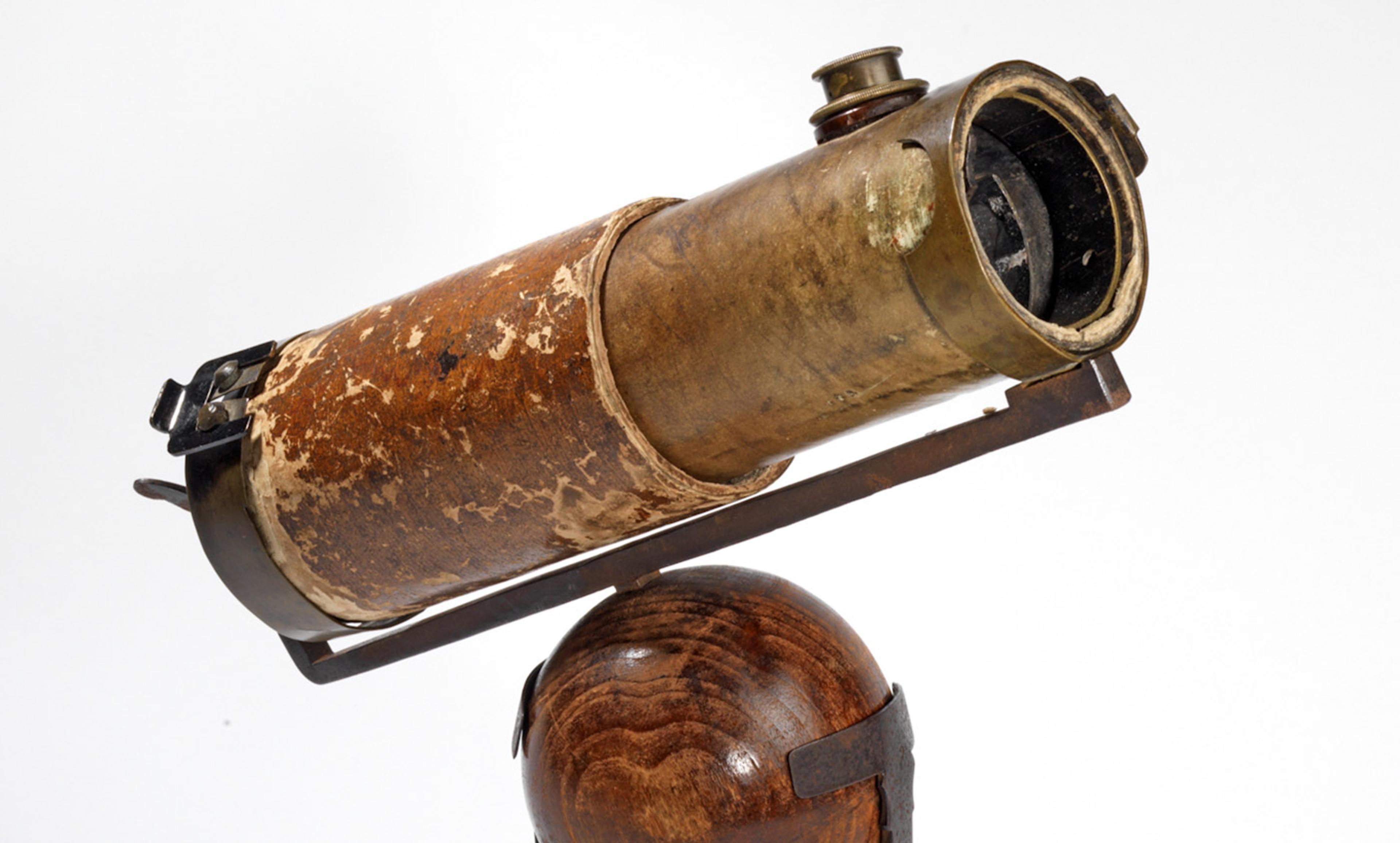Courtesy Dr Rachael Roettenbacher, University of Michigan
Mount Wilson Observatory, perched atop the San Gabriel Mountains outside Los Angeles, has been the site of some of the greatest expansions in human knowledge of the cosmos. It is here that, in 1924, Edwin Hubble proved the existence of galaxies beyond our own, and here that he also collected the clinching evidence that the Universe is expanding. Now Mount Wilson is home to another observational leap: bringing the stars into view, not as points of light but as evolving, dynamic suns every bit as tangible as our own.
The essential tool for this breakthrough is interferometry, in which astronomers combine light from widely separated telescopes to create a virtual telescope with a diameter as large as that separation. This technique makes it possible to resolve details far too small to discern using a standard telescope. The first such observations of stars took place at Mount Wilson in the 1920s. Using a 20-foot interferometer (two small mirrors mounted 20 feet apart on the 100-inch Hooker reflector to effectively make a 20-foot telescope), Albert A Michelson and Francis G Pease managed to measure the angular size of stars other than the Sun for the first time. Their interferometer was powerful enough to measure only a few of the closest stars. Building a much larger device was beyond the practical engineering capabilities of the time.
After that, the field fell dormant for many decades. In 1950, the astronomer Gerald E Kron mused on the possibility of resolving the surfaces of other stars but concluded that they are ‘too distant to be observed as resolved disks with optical equipment now available, or, probably, with optical equipment that will ever be available to us’. (He later managed to infer the presence of dark surface features on other stars, albeit indirectly.) With the recent rebirth of optical interferometry using distinct telescopes, though, the technology has progressed far beyond what Kron could imagine.
Several such facilities are now operating, but Mount Wilson boasts the world’s longest optical interferometer: the Center for High Angular Resolution Astronomy (CHARA) Array. The CHARA Array is resolving the surfaces of nearby stars, providing unprecedented glimpses of the Sun’s neighbours.
The CHARA Array consists of six one-metre telescopes that are in a Y-shaped configuration, having baselines of various lengths up to 331 metres. Those six telescopes can be combined into 15 telescope pairs that fill in unique parts of the virtual 331-metre telescope with each observation. An instrument called the Michigan Infra-Red Combiner (MIRC), developed by John D Monnier and his group at the University of Michigan, can simultaneously combine light from all six telescopes to take full advantage of the Array. MIRC has previously been used to image the oblate (flattened) surfaces of rapidly rotating stars, circumstellar disks, and the expanding shell of a nova explosion.
Using the CHARA Array and MIRC together, it is now possible to do what Kron thought impossible: directly image the spotted, active surface of distant stars. The job is still hugely taxing. Most stars are too small to resolve even with the current state-of-the-art technology. Creating a resolved image requires selecting the right targets. The stars have to appear bright and relatively large in the sky. They must have starspots – regions of magnetic activity, analogous to sunspots on the Sun – so that there are dark features for us to observe. Finally, the stars must spin quickly enough that we can watch them through a full rotation without the spots evolving too much.
I was excited to take on the challenge as part of my doctoral dissertation. I chose as my target the primary member of the binary system zeta Andromedae, a star dimly visible to the naked eye in the autumn sky. Zeta And (as it is commonly called) is fairly nearby to us (181 light years away) and is 16 times the radius of the Sun. It has an approximate prolate spheroid shape, akin to the shape of an American football, caused by the gravity of its close companion; it has also been shown via indirect imaging to host dark spots, including one on its visible pole, so I knew it would be a perfect target for my dissertation work. Getting a clear look at zeta And required a group of 14 collaborators, including my advisor (and MIRC’s creator), Monnier. We observed the star for as many nights as possible through a single stellar rotation, spanning 18 nights, in September 2013 at the CHARA array. Combining all the data and mapping it on the rotating surface required a great deal of additional time and effort.
This May, we published our triumphant result: the highest-resolution image ever of a star outside of our Solar System. We were able to detect the spot on the pole of zeta And, along with starspots that form with seemingly no pattern on the surface. The star’s behaviour is quite unlike that of the Sun, which forms sunspots only at very specific latitudes on its surface. Part of the reason for the difference is that zeta And is an older, evolved star with a different internal structure. Theoretical models suggest that much of zeta And’s interior outside of its core is convective, with hotter material rising and cooler material falling like a boiling pot of water on a stove; in contrast, only the Sun’s outermost layers behave that way. Zeta And’s 18-day spin is also significantly faster than the 27-day rotation period of the Sun.
Our study of zeta And constrains theories attempting to link solar magnetism to that of other stars. It also offers an intriguing glimpse into the past. Evolutionary models indicate that the young Sun similarly had a thick convective layer and rotated more rapidly than it does today. By examining the spotted surface of zeta And, we get new insights into the solar activity that could have influenced the formation of the solar system 4.5 billion years ago, and also the subsequent development of life on Earth.
Best of all, our mapping of zeta And is only the beginning. Planned upgrades to the CHARA Array and MIRC will make it possible to observe the surfaces of fainter stars, including ‘young solar analogs’ – that is, infant stars surrounded by disks that are currently adding mass to the star and forming new planets. By resolving a variety of types of stars and their features, we can constrain our theories on stellar structure, magnetism, formation and evolution.
The power of interferometry is just beginning to be harnessed, and the images of zeta And demonstrate the great potential of this under-utilised technique. Four centuries ago, Galileo, an avid observer of sunspots, realised that the Milky Way is composed of ‘a mass of innumerable stars planted together in clusters’. Today, we are at last beginning to find out what those other stars really look like.

